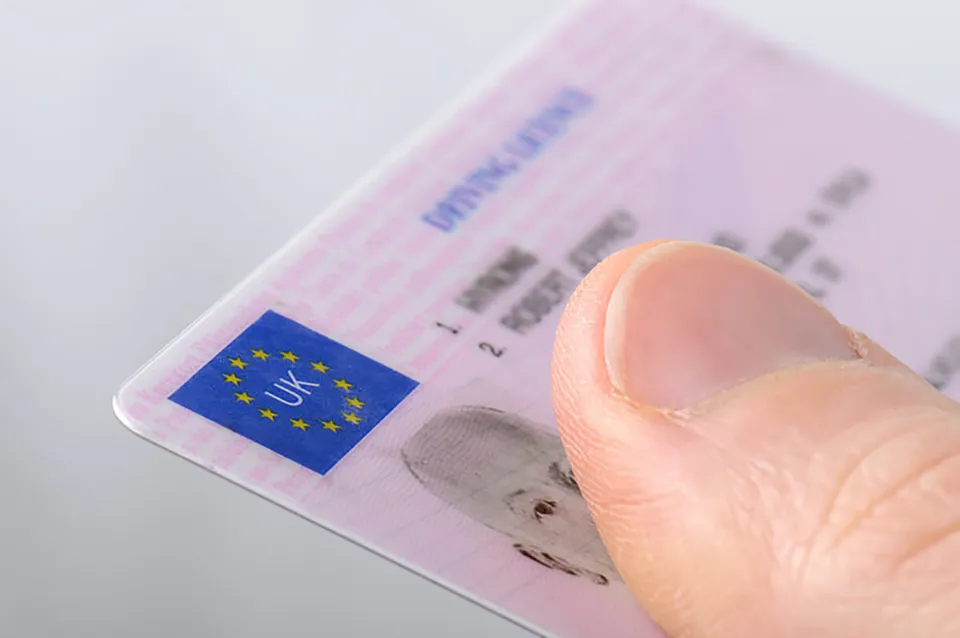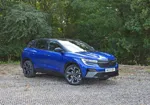E-zec Medical Transport Services has appointed Licence Check to automate all its driver licence checking processes and help manage its driving risk.
The patient transport provider, which makes around one million non-emergency patient journeys a year, operates a fleet of 550 vehicles, predominantly large and car-sized ambulances, and employs 1,400 permanent and 200 temporary staff.
It is currently contracted to 11 Clinical Commissioning Groups and NHS Trusts operating in the South West, South, and East of England and the West Midlands from 33 different operational locations.
The company currently has 1,533 drivers on its records, each of whom undergoes a licence check every six months. Prior to Licence Check’s appointment these were carried out manually.
“The nature of our business makes driver assessment and licence checking of paramount importance from a duty of care and employment perspective. And I knew that to carry this out more effectively we had to make the process automated,” explained E-zec’s HR director, Fiona Potter.
Licence Check was selected following a risk assessment and recommendation by Potter, who joined E-zec in December 2019 and had worked with Licence Check in a previous role.
Following her recommendation to the board, Licence Check was appointed in November last year.
She continued: “There was, of course, initially a large amount of work migrating our drivers onto the DAVIS (Driver and Vehicle Management Solution) system. But once we had done that everything became automated and so much easier.”
Potter says that coronavirus had a big impact on the company’s operations, which involved transporting Covid positive patients and reviewing all practices to ensure they were Covid safe. Practical measures included wearing PPE, social distancing in bases, Covid risk assessments, regular uniform changes at base, regular deep cleaning and deep cleaning between each patient.
“Staff numbers have increased slightly in some areas during the pandemic,” said Potter. “We have seen quite a high staff turnover, which has meant we have had to replace staff – keeping our recruitment teams very busy. And many of these have been drivers, with the need for increased licence checking.”
Licence Check recently added SMS E-approval by text to six authorisation protocols that are currently employed in DAVIS for capturing and recording driver permissions.
The most popular is e-Permission, which is managed by the platform, requiring very little manual input as the system generates automatic emails to drivers to gain their permission.
“This is the method we are using,” added Potter,” and we find it very straightforward and reliable. In these Covid times, it is a very effective, remote method that does not require manual or face-to-face intervention.”
Another benefit of the system, she says, is the daily emails she, and local operational centre managers, receive which employ a red-amber-green traffic light dashboard to highlight areas where management action is required.
“The exception reporting dashboard is very valuable as it allows me and our operating centre managers to see at a glance which drivers are satisfactory and those where urgent action is necessary,” she said.
The use of DAVIS has also proved valuable for E-zec’s recruitment process. Potter explained: “When we are employing a new driver, they have to undertake a driver assessment, which includes a check of their current licence. This is vitally important as we do not employ anyone who has received a driving ban in the last 10 years.
“So being able to carry out a check of their driving record before we make an offer of employment has been an extremely important factor for us.”
Terry Hiles, general manager at Licence Check, now part of the Ebbon-Dacs Group, said he was “delighted” to see the benefits that E-zec Medical is accruing through the implementation of DAVIS to check all its driving licences and manage its driving risk.
“For such a large and diverse organisation with more than 1,500 drivers, over 1m patient journeys a year and where occupational driving poses the highest risk to the business, it makes absolute sense to employ these risk intervention techniques, and the business is now seeing the tangible benefits from doing so,” he said.






















Login to comment
Comments
No comments have been made yet.